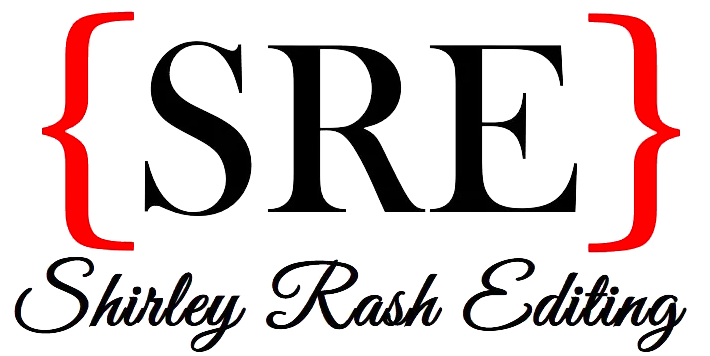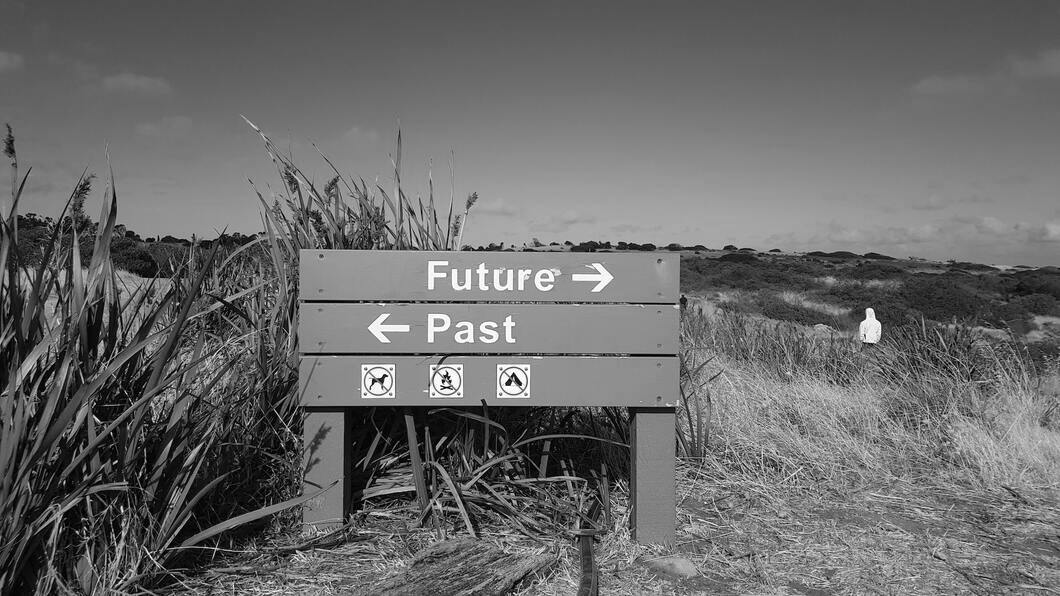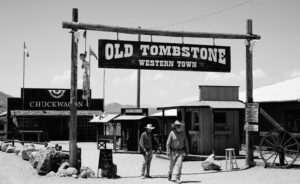Laura recently requested I write about tense, especially in relation to historical writing, and I’m glad she did! It’s a great topic that can be confusing, and there’s a lot of debate in the historical writing community about what tense to use then. It can—dare I say—get tense.
I am going to break my coverage of tense in historical writing into two different posts—one that clarifies when to use past perfect versus past tense (a relatively uncontroversial topic) and another that covers the use of present tense in historical writing (which stirs a lot of debate).
What is tense in writing?
The most basic purpose of verb tense is to indicate the time frame of an action. The three basic forms of tense are past, present, and future. For instance, “I wrote a book” (past tense) versus “I write a book” (present tense) versus “I will write a book” (future tense).
Tense can get significantly more complicated than this—there are 12 different verb tenses in English—but for the two posts I’m going to do, we’re going to focus heavily on three of them: past, past perfect, and present. These are the most relevant for historical writing and can cause the most confusion.
The general distinction between past tense and present tense isn’t what usually causes problems for writers, in my experience. It’s knowing when to use which one that gets tricky. We’ll cover that later this week. Future tense doesn’t usually pop up in historical writing. The most likely usage of it that I can think of would be when proposing questions worth pursuing in further research.
Past perfect is confusing for people because often people notice if it’s missing, but they might not be sure what is missing or what needs to be changed to make the sentence clearer.
What is past perfect tense?
If you’re writing about something that happened in the past, it’s usually straightforward to just use past tense, right?
“Hitler invaded Poland in September 1939.”
“In 1953, Sir Edmund Hillary and Tenzing Norgay successfully summited Everest.”
“General Pickett’s men advanced against Cemetery Ridge.”
But what if something happened even further in the past and you need to talk about that too?
For instance, let’s say you’re discussing the start of World War II and want to note that Poland wasn’t the first time Nazi Germany invaded another country.
You could write “Hitler invaded Poland in September 1939. He invaded Czechoslovakia in the spring of 1939 too.” But that doesn’t make the relative distance in time very clear. You need a stronger way to convey that what happened in Czechoslovakia was an earlier event than the invasion of Poland.
Or let’s say you’re writing about the history of climbing Everest. You want to note that some people have theories that 2 previous climbers may have summitted before Hillary and Norgay, but there’s no concrete evidence one way or the other.
“In 1953, Sir Edmund Hillary and Tenzing Norgay successfully summited Everest. In the 1920s, George Mallory and Andrew Irvine died high on the mountain, potentially after summitting.”
Again, the jump even further into the past while discussing the past here is a bit hard to follow. The fact that Mallory and Irvine preceded Hillary and Norgay by decades isn’t adequately conveyed with just past tense.
For our final example, about the Battle of Gettysburg, let’s say you’re writing about Pickett’s fateful charge within the context of the battle as a whole.
“General Pickett’s men advanced against Cemetery Ridge. The two armies fought for three days by this point.”
Unless you’re a student of the Civil War, you may not understand the connection between these sentences—essentially, that Pickett’s charge was the culmination of three days of fighting. Even if you are a student of the Civil War and know that, you might still be baffled at the point I am trying to make here because the sentences are murky and hard to follow.
When you’re writing about history, clarity is key. And in the preceding examples (but particularly that one about Gettysburg), it’s not quite clear what I’m trying to say.
As these examples illustrate, it can get messy if you just use straightforward past tense for talking about events further in the past when you’re already writing about the past. Normally you want to be consistent with the tense you use within a single piece, but this is a situation where a change in tense is necessary.
Past perfect tense (which adds “had” to a past participle verb) is how one clarifies that something happened even more in the past than the past event you’re discussing.
“Hitler invaded Poland in September 1939. He had invaded Czechoslovakia in the spring of 1939 too.” The past perfect tense is so much clearer about what happened when and the connection between the two. Switching to past perfect here is establishing a pattern of invasion.
“In 1953, Sir Edmund Hillary and Tenzing Norgay successfully summited Everest. In the 1920s, George Mallory and Andrew Irvine had died high on the mountain, potentially after summitting.” Here, we’re also getting a much clearer distinction of what is happening when and why the two are connected once we use past perfect tense.
“General Pickett’s men advanced against Cemetery Ridge. The two armies had fought for three days by this point.” Past perfect really makes a difference in clarifying these sentences. Now it’s much clearer that Pickett’s Charge is preceded by multiple days of fighting. That’s a really key point to understanding why the charge happened.
How do I incorporate past perfect tense to my writing?
I spend a fair amount of time changing sentences to past perfect, regardless of the genre I’m editing. Truthfully I really enjoy this task. There’s something weirdly satisfying to me about inserting needed hads into past tense sentences to clarify that something happened even further in the past, but it also requires discretion. If you’re not careful, you can go overboard with it and change sentences that don’t need to be made past perfect. I always flag these passages for further review just to make sure that the revisions make sense and don’t need to be reined in before sending them back to the author.
If you’re wanting to double-check your use of past tense and whether you need past perfect, always ask yourself, “Is this happening even further in the past than what I’m already writing about?” Unless you’re writing about a convoluted series of events, the answer for this is usually straightforward. If it’s yes, then you need to be using past perfect tense. If the answer is no, then you don’t.
If you are writing about a more complicated sequence of events, then I’d suggest playing around with the tense and breaking it down sentence by sentence. For each sentence, check the sequence of events—does it precede what you’re talking about in the first place? Also regardless of whether you change the sentences or not, mark it for further review. Looking at passages with fresh eyes is a great way to double-check yourself when you’re editing. What sometimes seems difficult and confusing often isn’t quite as complicated after you’ve had some time to rest your eyes and your brain.
And, of course, if you’re still unsure, well, that’s what I’m here for!
Later this week, I’m going to write about the use of present tense in historical writing. That inspires a lot of debate—far more than when to use past perfect tense, which is a relatively uncontroversial topic in the worlds of editing and writing—and it merits its own in-depth coverage to do it justice.





